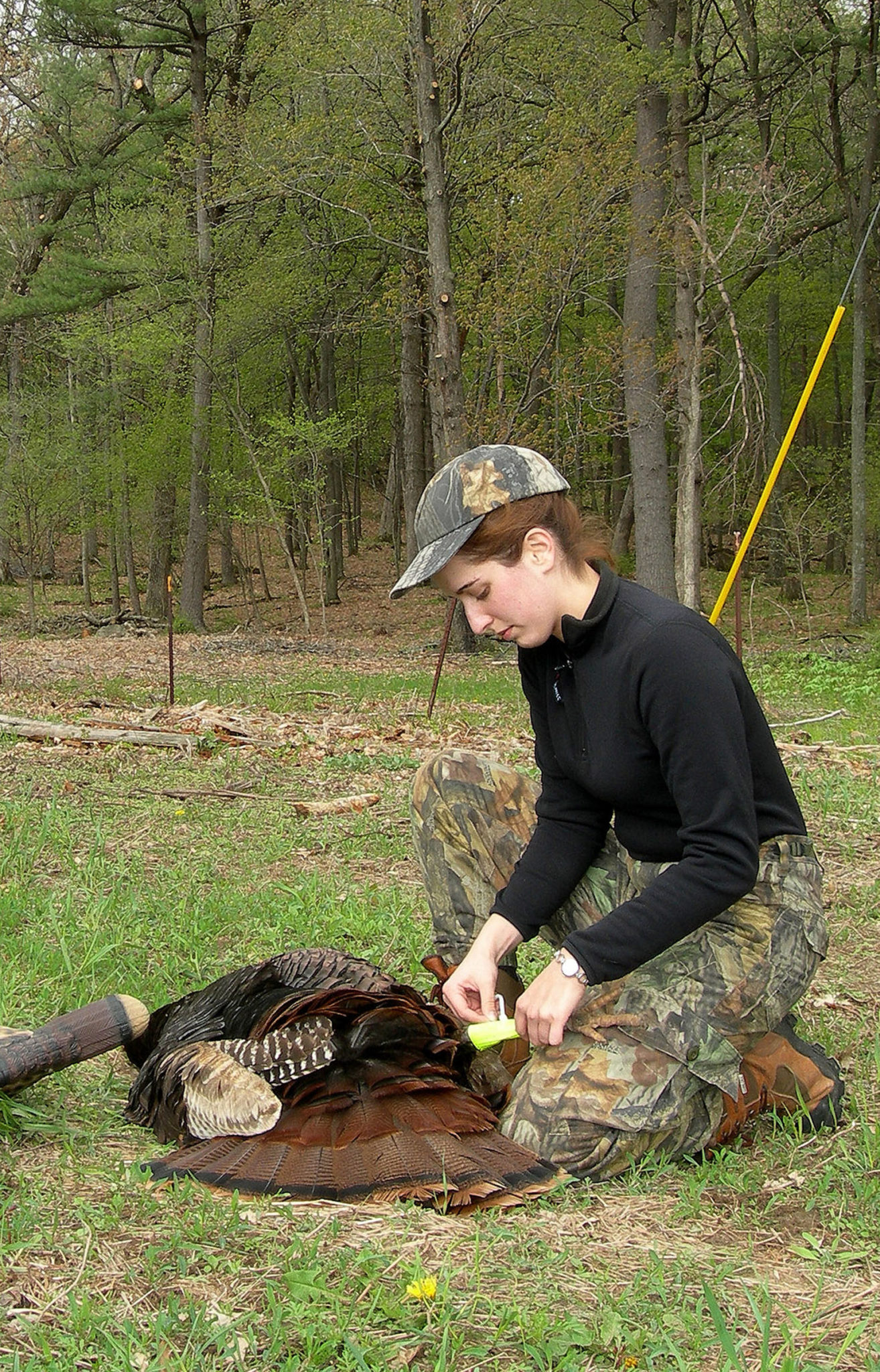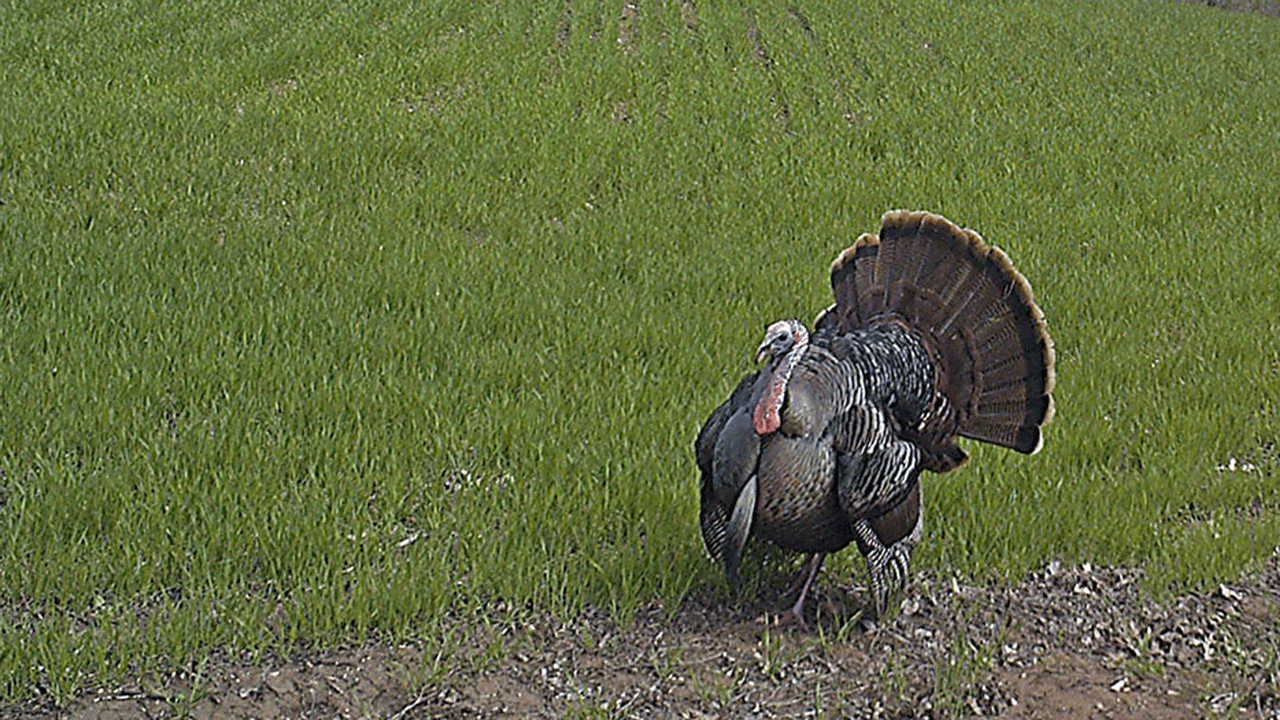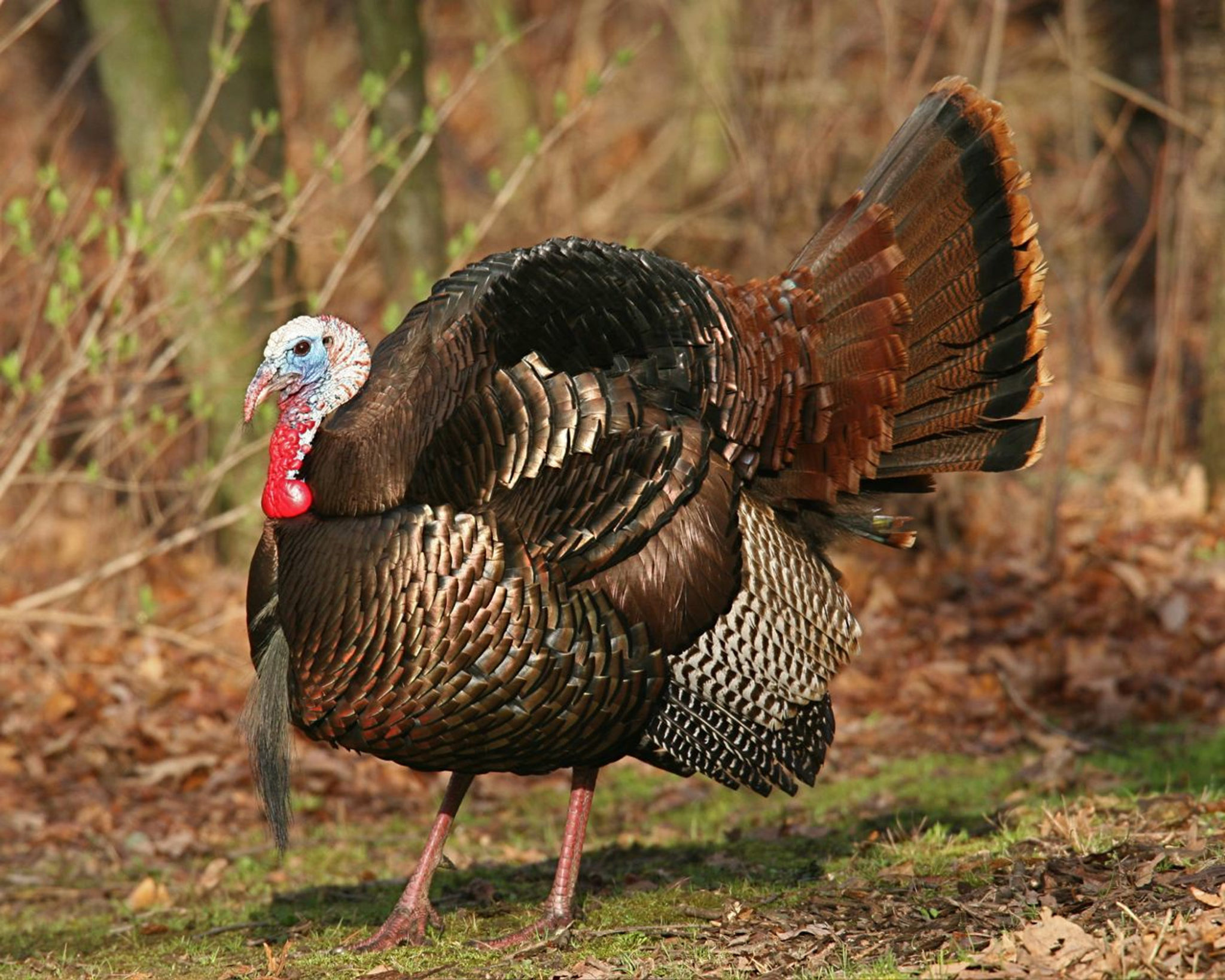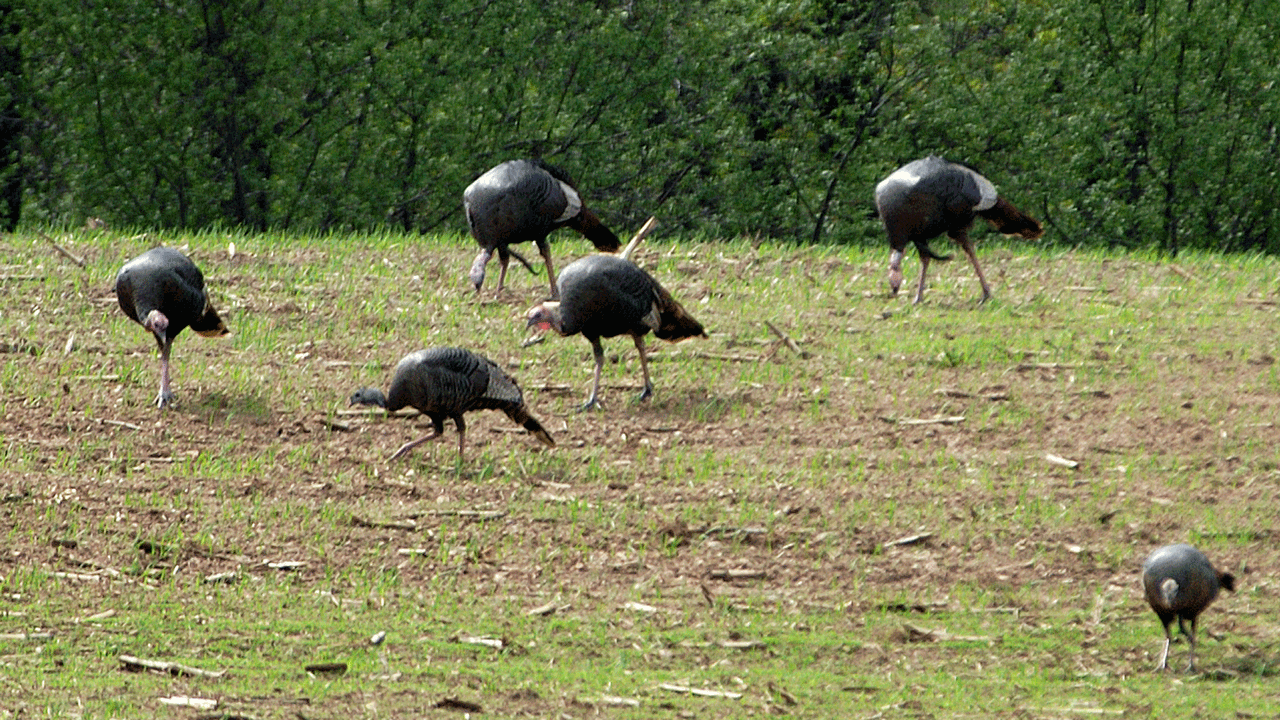If Clarence “Butch” Koch ever wondered whether the wild turkey or ruffed grouse most deserved to become Wisconsin’s official game bird, his doubts vanished in September while hunting black bears in the state’s far North Woods.
“I never saw one partridge (grouse) but I saw all sorts of wild turkeys,” said Koch, an Oshkosh, Wisconsin, resident. “Turkeys are pretty much statewide now. You can’t say that about partridge.”

Turkeys provide more hunting recreation than any other game bird in Wisconsin.
That’s also why Koch keeps working to get Wisconsin lawmakers to designate wild turkeys as the state game bird. A bill to that effect died in the Legislature in 2016, but Koch hopes lawmakers will try again this session.
Besides, the wild turkey is the people’s choice. Koch’s suggestion to make wild turkeys Wisconsin’s official game bird won in a landslide April 10 at the statewide Conservation Congress spring hearings. The vote on Koch’s advisory question was 2,492-1,316 (65.5 to 34.5), with 64 counties approving, seven opposing and one tying.
Koch’s passion for wild turkeys runs deep. He bowhunts them regularly, and has arrowed two turkey grand slams and is three-quarters to a third grand slam with his bow. Turkey hunting’s “slams” are documented by the National Wild Turkey Federation. The four required subspecies for a grand slam are the Eastern, Osceola (Florida), Merriam’s and Rio Grande turkeys in the United States. Koch’s brother, John, also has two grand slams, and is halfway to No. 3
Koch, who chairs Winnebago County’s five-person Conservation Congress delegation, was happy with the big win. Still, he wonders why one-third of voters and 11 percent of counties didn’t honor the big bird, which has flourished since its restoration began in 1976. Marquette County voters split on the question, while Barron, Florence, Fond du Lac, Jackson, Lincoln, Rusk and Sawyer opposed it.
“I can’t imagine why anyone voted against it,” Koch said. “Wild turkeys are native to Wisconsin, we can hunt them in spring and fall, and they provide more hunting opportunities than any other game bird. You can hunt them with a dog, or by calling or patterning them. Besides, pheasants can’t be our state game bird. They’re from China.”
The wild turkey is arguably Wisconsin’s greatest wildlife-management success. Jesuit explorer Claud Jean Allouez documented them along Lake Winnebago in 1670, and they were common across Wisconsin’s lower two-thirds when European settlers arrived. By the late 1800s, however, turkeys were wiped out statewide by market hunting and near-total conversion of woodlands to farm fields.

After being exterminated in Wisconsin by the late 1800s, wild turkeys now prosper statewide.
Several attempts to restore turkeys using game-farm birds failed in the mid-1900s before the Department of Natural Resources and National Wild Turkey Federation brought nearly 1,800 wild birds from Missouri and other states to southwestern Wisconsin in the late 1970s. As those flocks prospered, the DNR and NWTF spent roughly the next decade trapping and moving turkeys across the state, where they thrived beyond all biological expectations. The DNR estimates over 350,000 wild turkeys now live in Wisconsin.
The state’s annual six-week spring turkey season opened April 12, and the DNR made 240,768 permits available for Wisconsin’s approximately 130,000 turkey hunters. They bagged 45,501 gobblers in 2016, the most since shooting 47,722 in spring 2010. The record spring-season kill was 52,880 in 2008.
Koch knows all those numbers, but doesn’t dwell on them when asking lawmakers to honor wild turkeys. He’s more interested in the bird’s history, hunting heritage and cultural significance.
For instance, Ben Franklin truly disliked his colleagues’ decision to name the bald eagle our national bird. Although Franklin didn’t directly endorse the wild turkey for that honor, and his proposal for the nation’s “Great Seal” didn’t include any bird, he detailed in a letter why wild turkeys are more honorable than bald eagles.
According to the Smithsonian Institution, Ol’ Ben called bald eagles lazy, dishonest, cowardly and “of bad moral character.” Why? Because they often steal fish from hard-working ospreys, and get driven “out of the district” by a bird no bigger than a sparrow. “The little King bird … “attacks him boldly,” Franklin wrote.

Ben Franklin liked the wild turkey, writing that although it’s “a little vain and silly, (it’s) a bird of courage, and would not hesitate to attack a grenadier of the British Guards who should presume to invade his farmyard with a red coat on.”
Franklin said that although the bald eagle looks more like a turkey, “the turkey is, in comparison, a much more respectable bird and a true original native of America.” Franklin continued praising the turkey, writing: “He is besides, though a little vain and silly, a bird of courage, and would not hesitate to attack a grenadier of the British Guards who should presume to invade his farmyard with a red coat on.”
Another famous American, John James Audubon, left no doubts he loved wild turkeys. When publishing his bird drawings, the first species Audubon engraved was the turkey, according to William Souder, author of “Under a Wild Sky: John James Audubon and the Making of the Birds of America.”
An Audubon fan in the English gentry loved the painting so much that she copied a miniature of it into a seal, and gave it to Audubon as a gift. “For many years after, anyone receiving a letter from John James Audubon found it sealed with a large blob of red wax bearing the impression of a strutting turkey cock,” Souder wrote.
Koch says the turkey’s cultural significance in North America goes even deeper. Turkey wing bones unearthed by archaeologists in Tennessee in 1940 had been cut, shaped, scraped and fashioned into wing-bone turkey calls by native Americans 6,500 years ago.
“That means people were hunting wild turkeys on this continent 4,000 years before Egyptians build the pyramids,” Koch said. “People have hunted turkeys in North America for over 8,500 years.”

Wisconsin estimates its wild turkey population at about 350,000.
Koch is skilled at fashioning wing-bone turkey calls. He loves the craft, and has lost track of how many calls he’s built. However, his brother John is the family’s true turkey-call master. “John makes the really nice ones,” Koch said. “He’s the artist.”
Koch realizes, of course, that not everyone appreciates history, so he cites other cool facts to support the turkey’s candidacy as Wisconsin’s game bird. For instance:
— Wisconsin is No. 1 in regular NWTF memberships.
— Wisconsin’s annual turkey harvests are fourth in the nation behind Missouri, Alabama and Pennsylvania.
— Turkeys can run 25 mph and fly 55 mph.
— Scientists have identified at least 28 distinct calls in wild turkeys, the largest vocabulary of all game birds.
Koch might want to downplay that last factoid when contacting lawmakers. They often get touchy about science, language and advanced communication.

 By
By 



